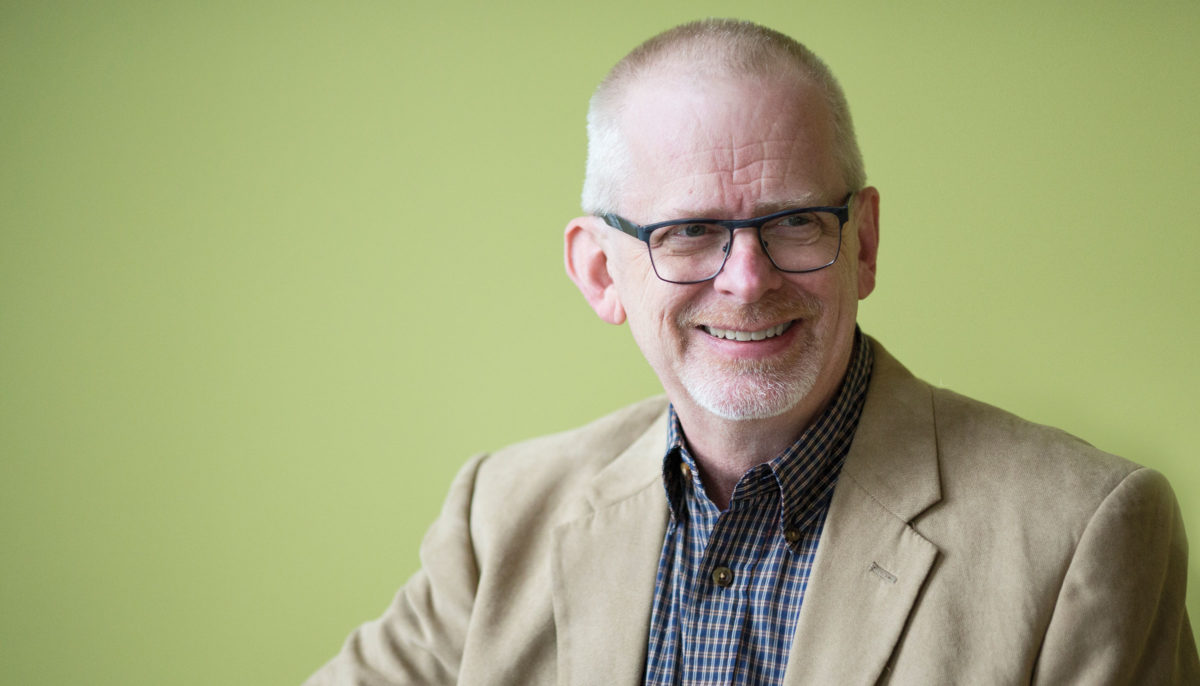The Allure of Pure Research in Nuclear Physics
Paul De Young, Ph.D. | Kenneth G. Herrick Professor of Physics
“I like the mathematical aspects of physics. How circuits work. Control theory. Understanding how they put music onto a digital disc. I know the mathematics behind that. That’s cool math.
I also like the big questions. How did we get the elements that we see in the universe? Why does 26O behave the way it does? How can I measure PFAS better? Nobody knows the answer to the questions that we study. We’re looking at nuclear reactions, nuclear structure — but its impact is on understanding the nuclear force of these nuclei. How did we start with only hydrogen in the universe, and eventually, with supernovas and neutron star merges, end up with heavy elements? I think the answer is very incremental, and involves experimentalists and theorists worldwide to put all the pieces together.”
With the particle accelerator at Hope College and at the National Superconducting Cyclotron Laboratory, Dr. De Young investigates the behavior of nuclei to learn more about how the universe works — specifically, how heavy and unstable nuclei are put together and how nuclear physics techniques can serve practical purposes in everyday life. He recently designed a custom β detector as part of an ongoing project to understand how supernovae and neutron star mergers make the heavy elements found in the universe. He also uses his understanding of the nuclear structure of 19F (the only stable isotope of the element flourine) to develop better ways to screen for perfluoroalkoxy alkanes, more commonly known as PFAS — toxic compounds found primarily at dump sites (like the Wolverine site in West Michigan where waterproofing chemicals polluted drinking water) and at airports (where firefighting foam can do the same). Dr. De Young leads Hope’s Nuclear Group in which students and faculty collaborate on research. Since 1986, when it received its first grant from the National Science Foundation, the Nuclear Group has received more than $3 million in NSF support.

